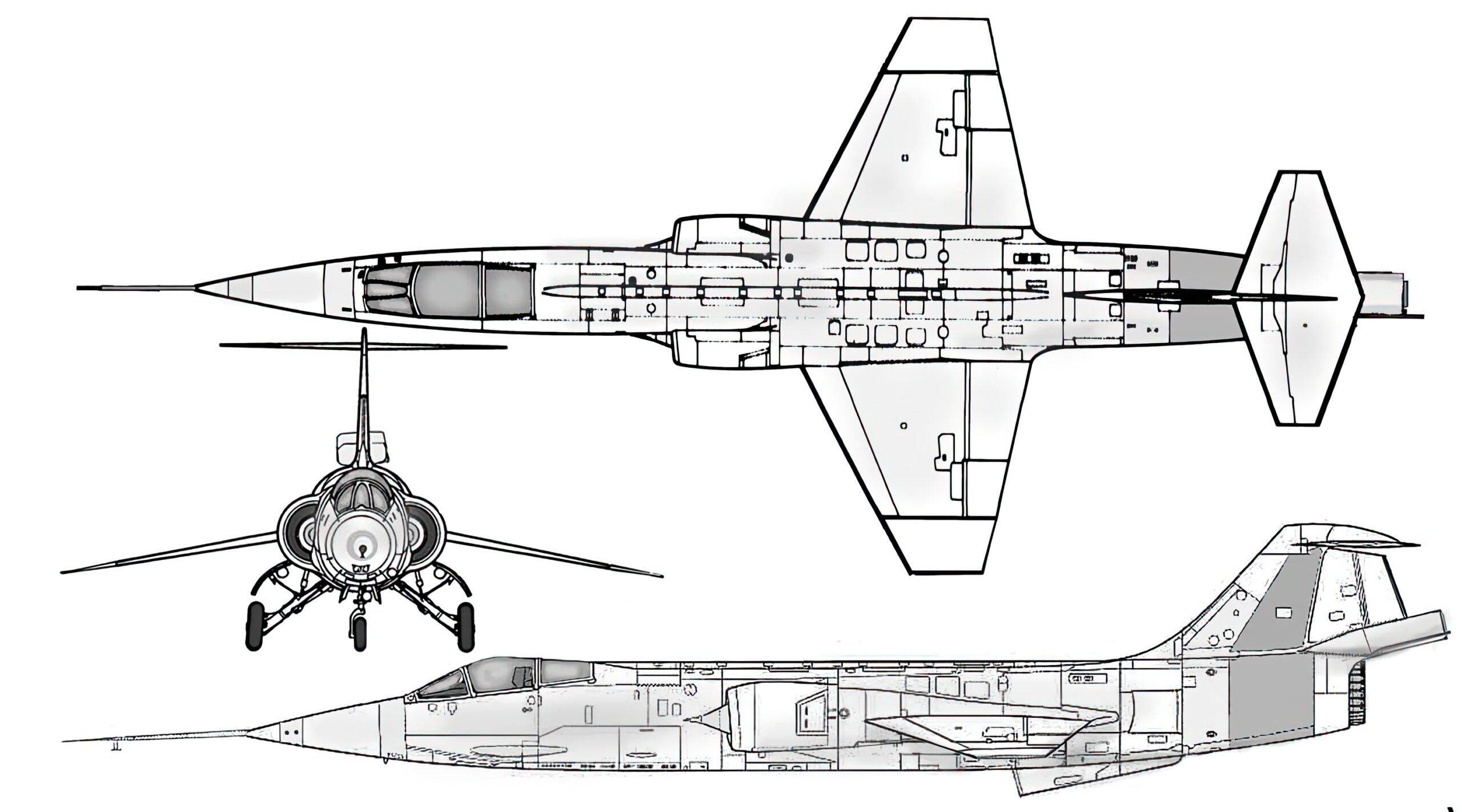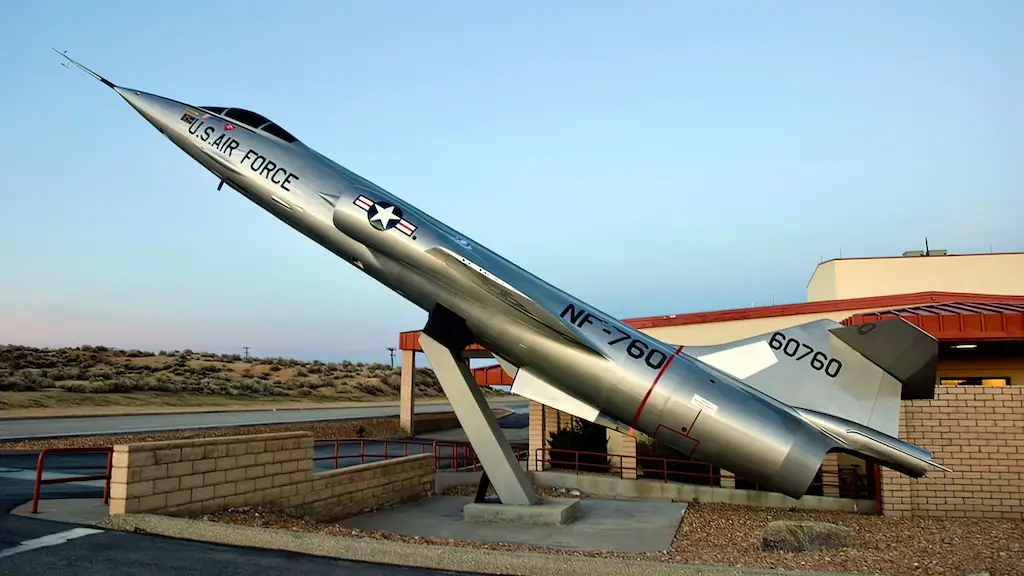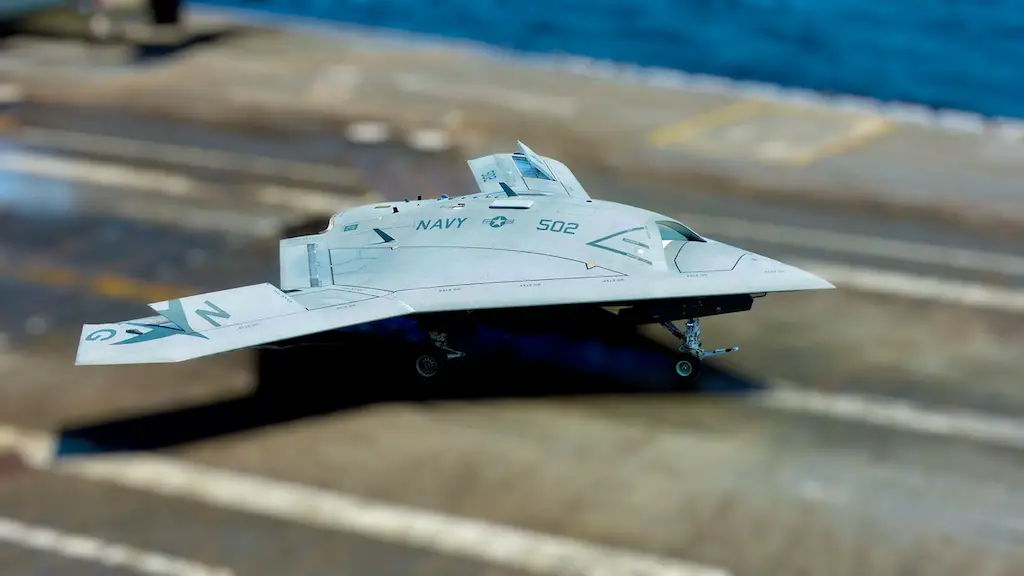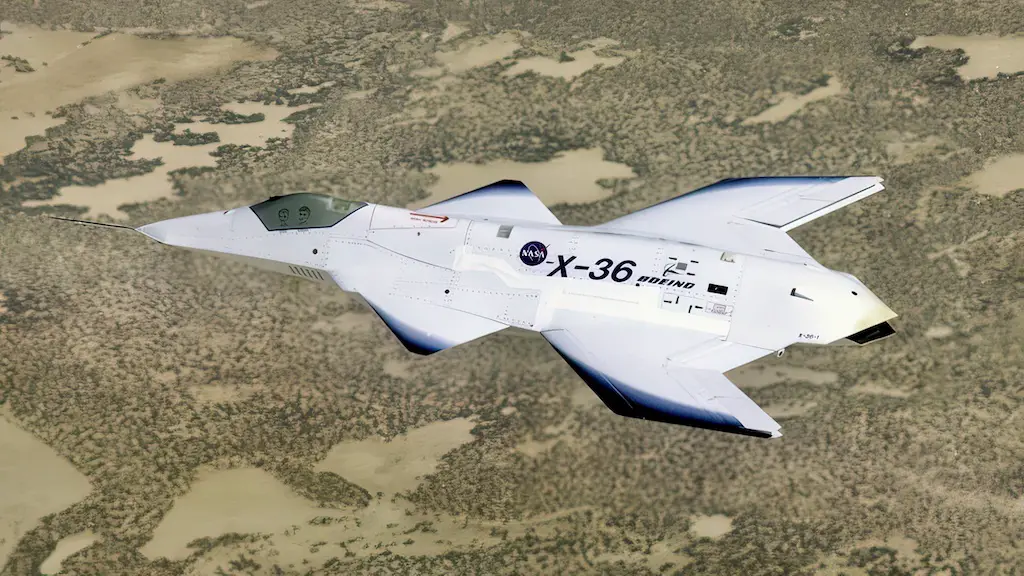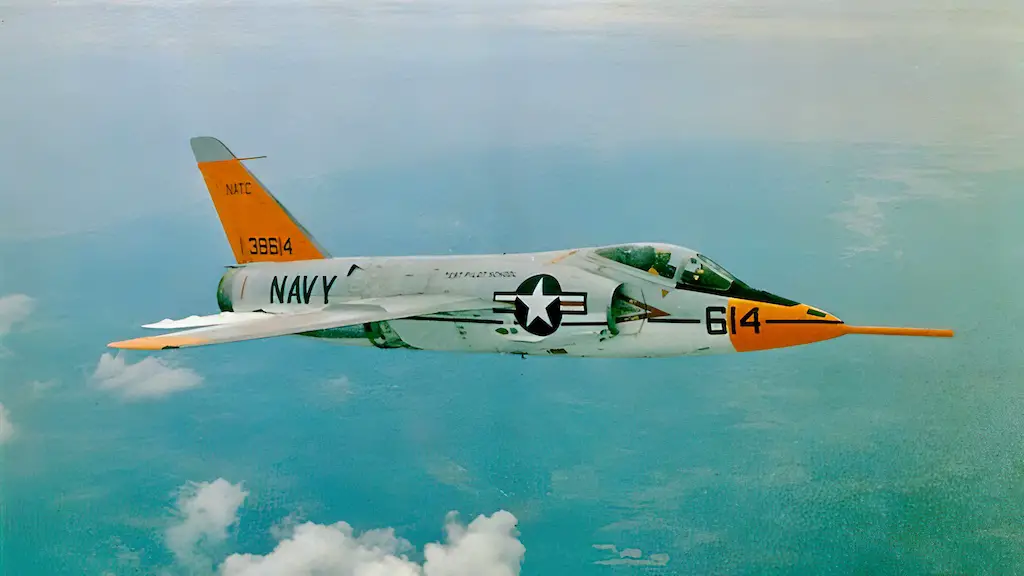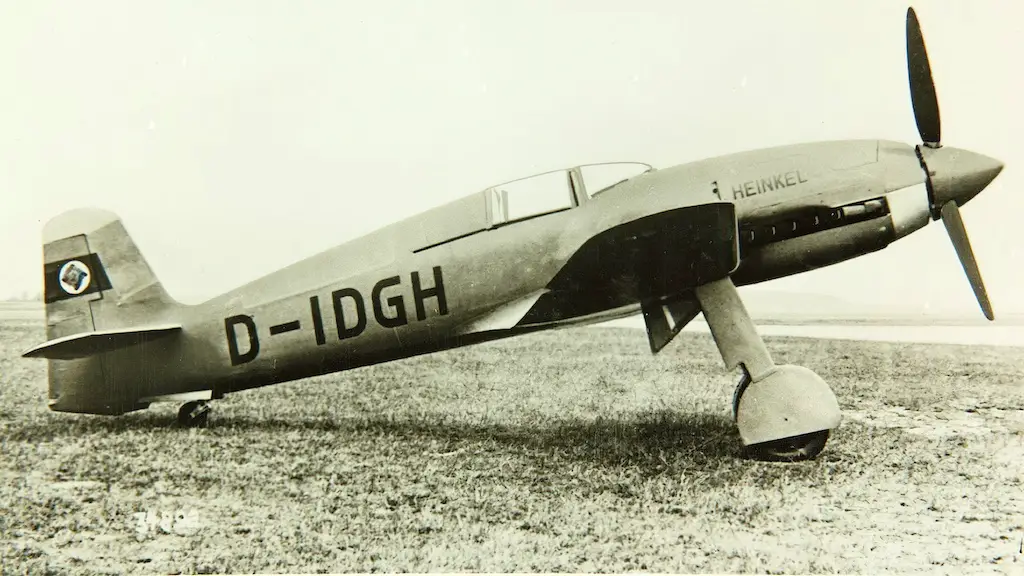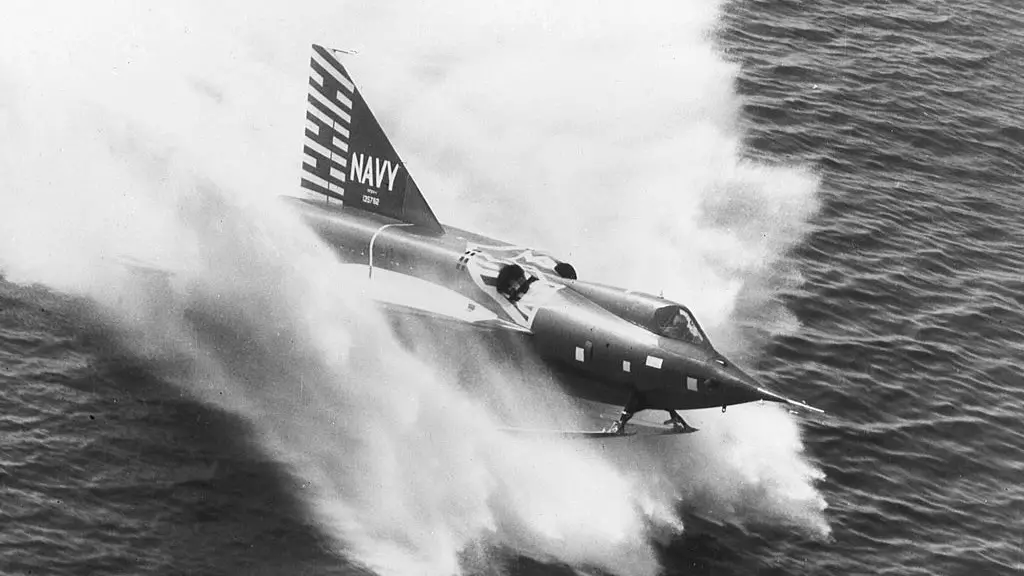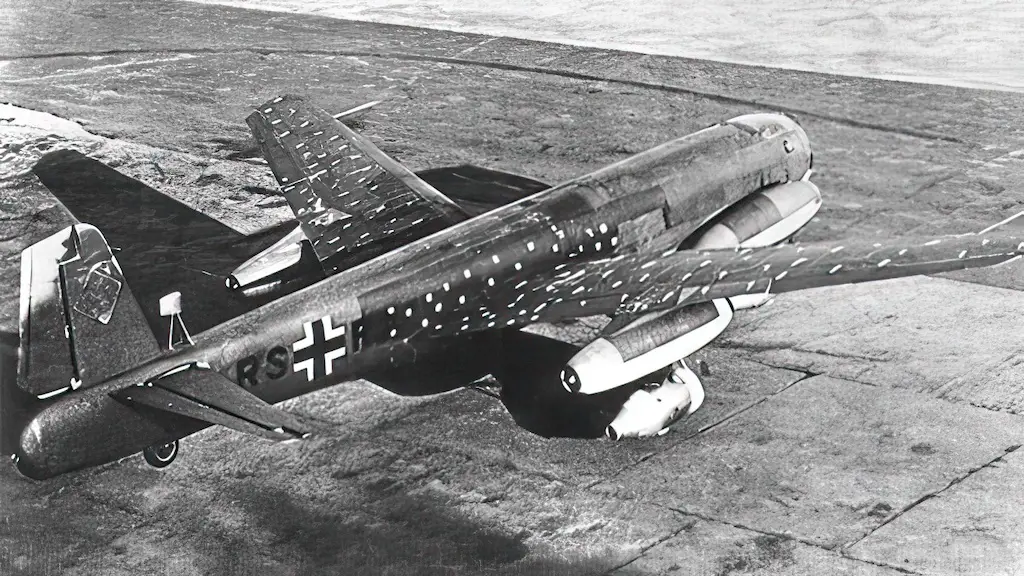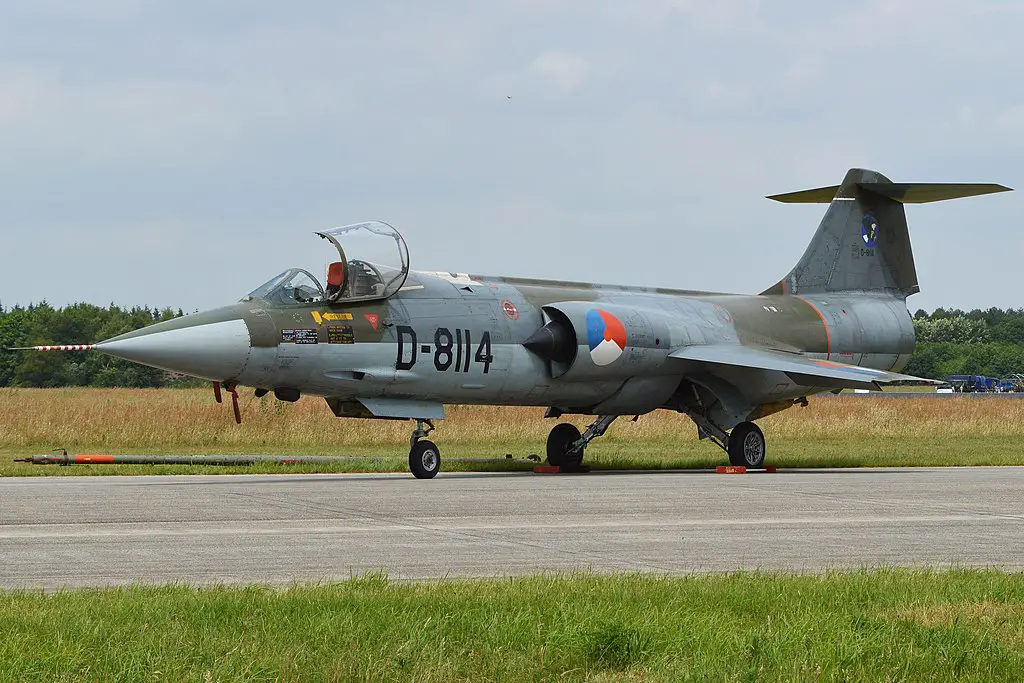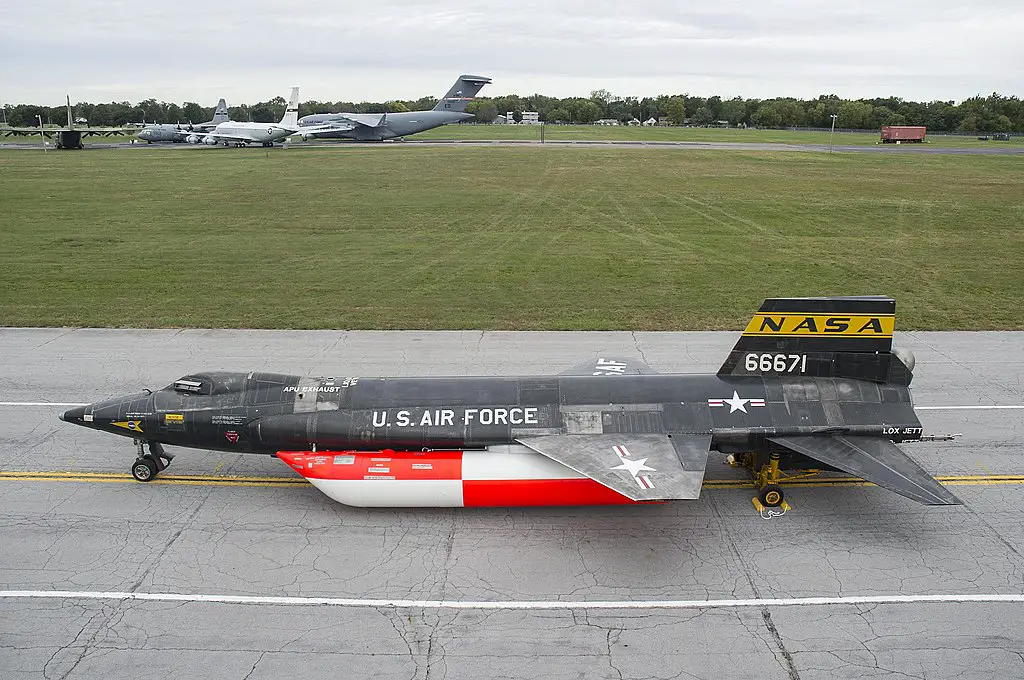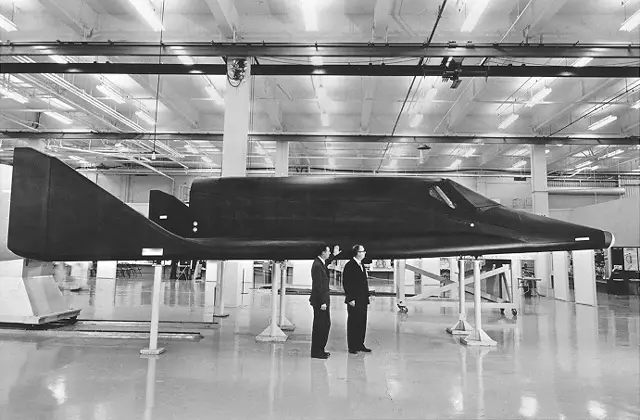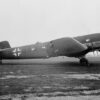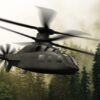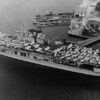A Revolution in Propulsion
The Lockheed NF-104A wasn’t just another jet in the American arsenal. This mixed-power beast combined traditional jet propulsion with the explosive thrust of a rocket. Serving primarily as an astronaut training vehicle, its unique propulsion system set it apart, granting it the power to soar to altitudes over 120,000 feet, high above where regular jets dare to fly.
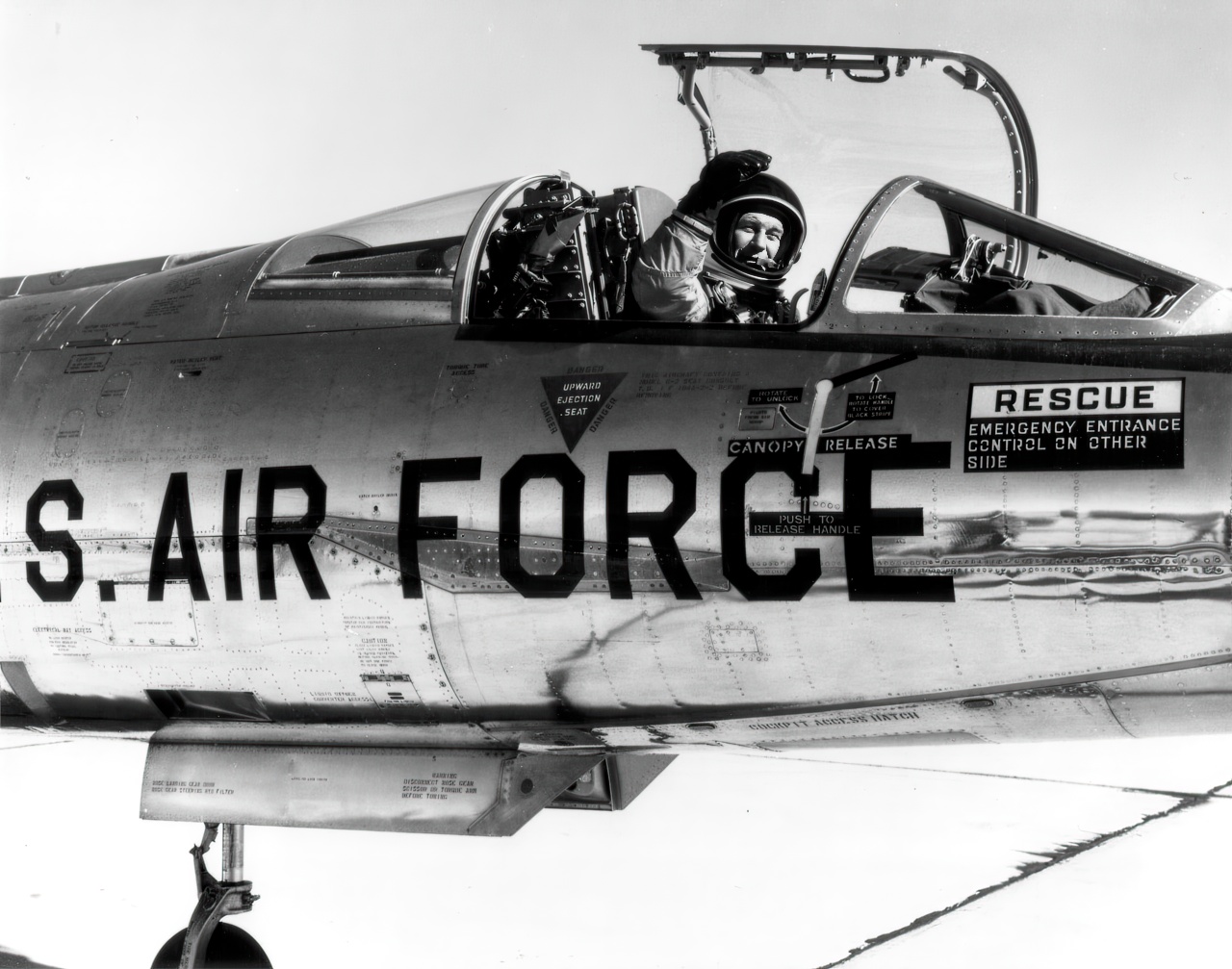
Crafting a Space Age Trainer
In the dawn of the 1960s, as the race for space intensified, there was a growing need for machines that could prepare astronauts for the challenges of spaceflight. The United States Air Force’s Experimental Flight Test Pilot’s School underwent a significant transition, rebranding as the Aerospace Research Pilots School (ARPS) at Edwards Air Force Base. The focus shifted from traditional flight tests to spaceflight-oriented training.
Standard F-104 Starfighters were initially utilized by ARPS to simulate the flight profile of vehicles like the X-15 and the projected X-20 Dyna-Soar program. But it quickly became clear that a more specialized machine was needed, one that could mimic the near-space conditions astronauts would face. This realization led to the birth of the NF-104A.
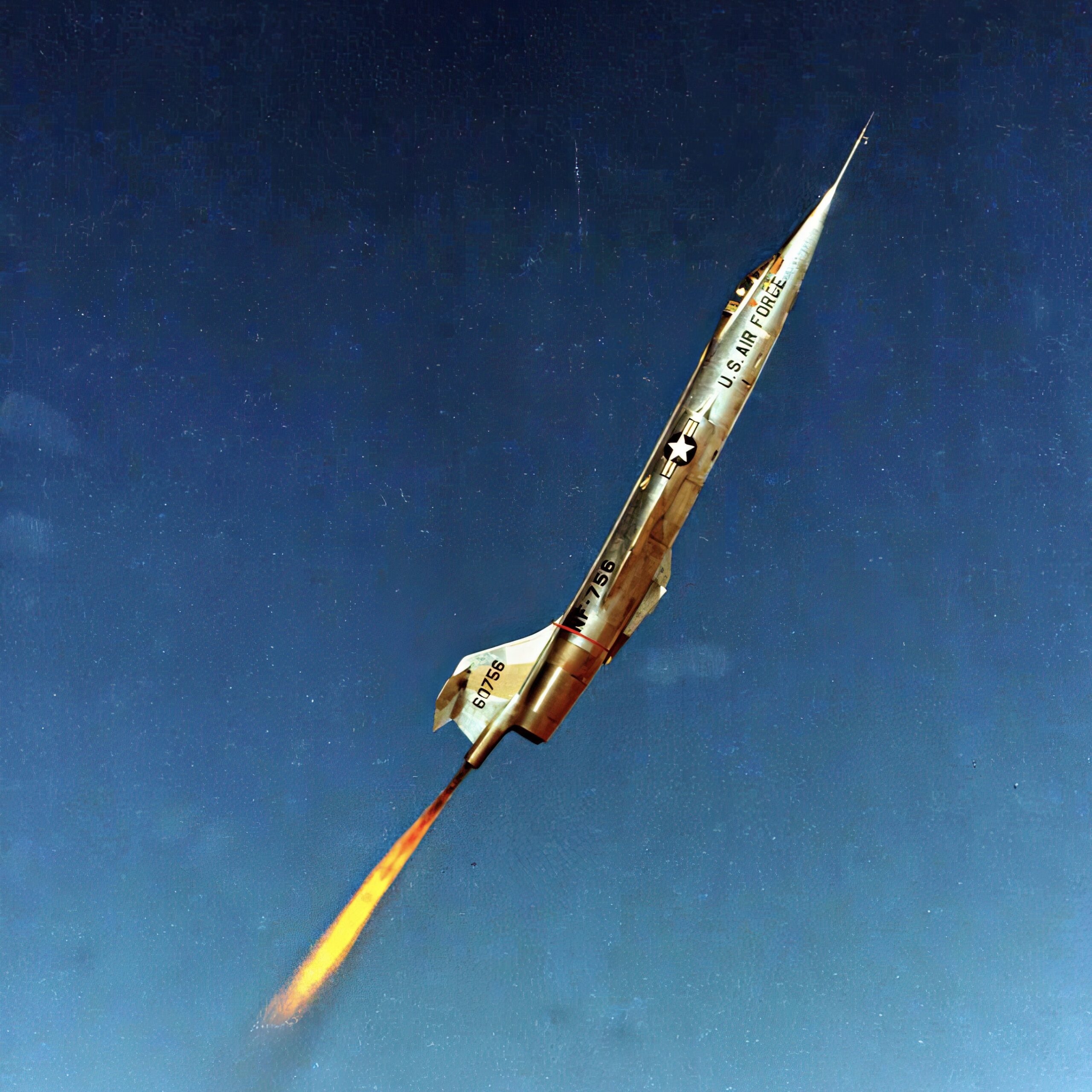
Power Beneath the Wings
The heart of the NF-104A’s unique abilities lay in its powerplant. It retained its original General Electric J79 jet engine but added a powerful companion: the Rocketdyne AR2-3 rocket engine. Located at the base of the vertical fin, this rocket engine burned a mixture of JP-4 jet fuel and a 90% hydrogen peroxide oxidizer solution. With enough oxidizer for about 100 seconds of rocket engine operation, the pilot had the ability to surge into the upper layers of the atmosphere, touching the edge of space.
Moreover, when traveling in the rarefied stratosphere, traditional control surfaces lose their efficacy. To maintain control, the NF-104A was equipped with a Reaction Control System (RCS), similar to what spacecraft use in the vacuum of space. Housing thrusters in the wingtips, nose, and fuselage, this system gave pilots control where traditional aerodynamics had little effect.
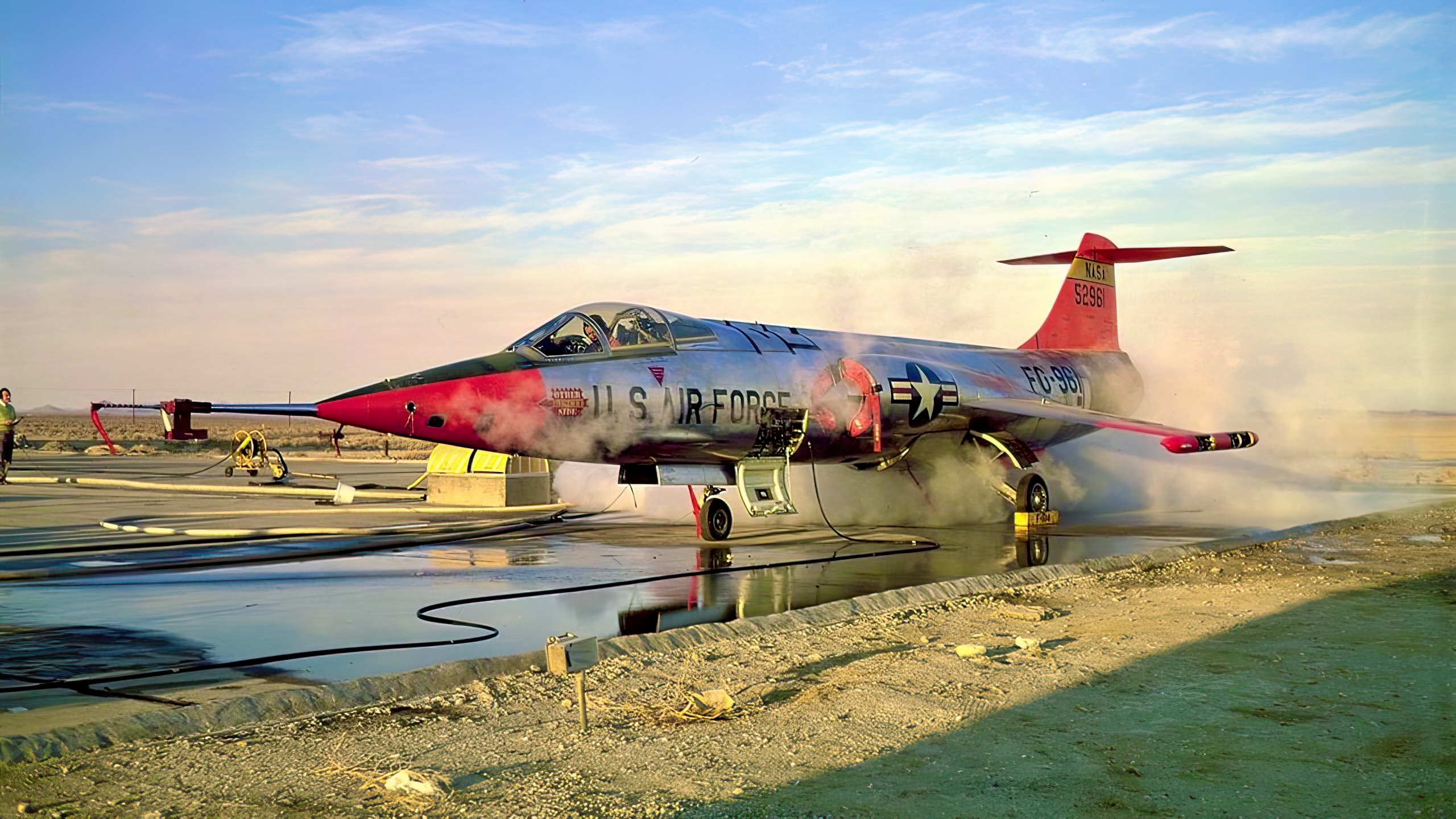
Reaching for the Stars
The flight profile of the NF-104A was nothing short of dramatic. A typical ascent involved a powerful zoom climb, where the aircraft would rapidly build speed and then steeply ascend, converting that speed into altitude. As it climbed higher and the atmosphere thinned, the jet engine would eventually cut off, leaving the rocket engine to push it even further. After reaching its peak altitude, the aircraft would then glide back down, where the jet engine could be reignited for landing.
A Chapter of Legends and Heroes
In its operational history, the NF-104A saw both triumphs and tragedies. It set unofficial altitude records, with one reaching an impressive 120,800 feet. However, one of the aircraft met a tragic fate while being piloted by the legendary Chuck Yeager, an event that was immortalized in the book and film “The Right Stuff”. Yet, despite its challenges, the NF-104A’s legacy remains as a symbol of innovation and the quest to push the boundaries of what’s possible.
